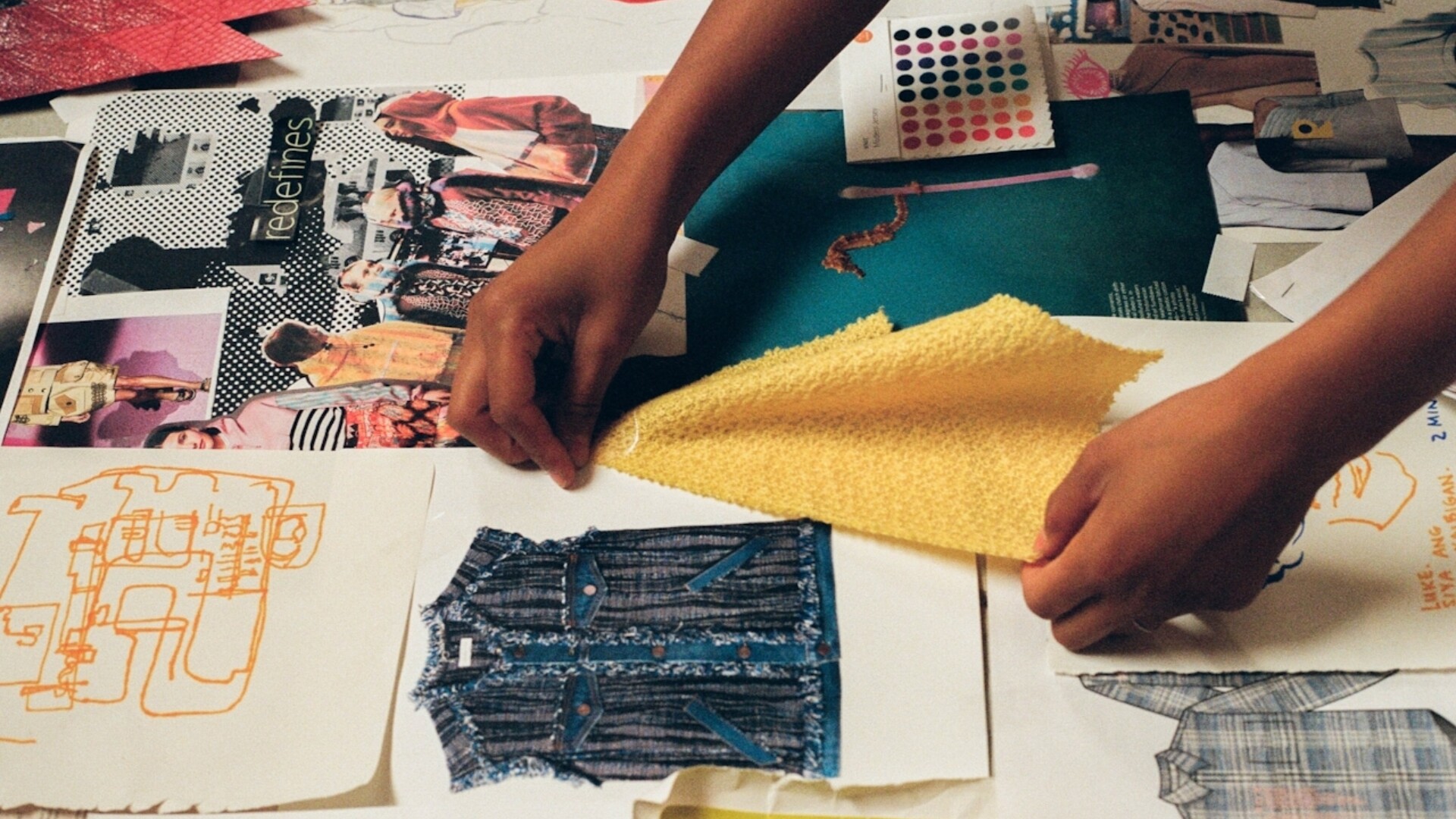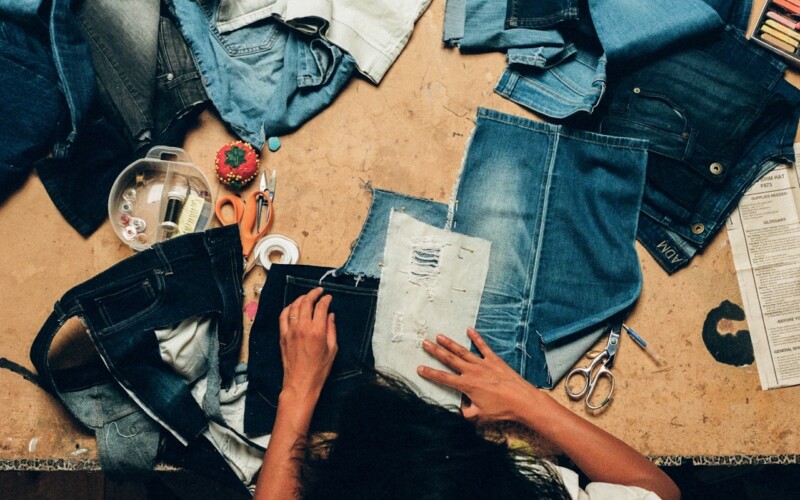Have you ever thought about whether your most preferred fashion is ethical? Most people hardly understand what makes up an ethical clothing brand. An ethical clothing brand treats its employees fairly and aims at conserving the environment. It is easy to assume that these are social standards that every brand can achieve with much ease by merely looking at the definition. Unfortunately, it is wrong to assume that most clothing brands are ethical. The majority of these top clothing brands are far away from meeting the ethical requirements. It would be best to learn what an ethical fashion brand entails. Having such information can help determine the best alternatives to fast fashion and increase support where ethical fashion becomes a usual social standard.
Characteristics of An Ethical Brand
An ethical brand does not necessarily encompass the type of materials used. It also involves the processes involved, whether it adopts sustainable ecommerce strategies and the workers’ general working conditions. It is important to note that the production of clothing impacts a wide range of people. People involved in the production include the farmers who grow the fabric to the workers in the processing factories, making it necessary to consider them in the whole process. From the information above, it is clear that an ethical brand has little or no effect on the natural environment, has minimal cruelty for animals, and treats its people involved in the production fairly. Most brands are open about their working conditions but not open about how they treat those involved in raw materials’ primary production. An ethical fashion is an approach towards the production of clothing that works to maximize benefits to the clothing industry and, at the same time, to the society at large and has a minimal impact on the environment. Below are some of the characteristics of a truly ethical brand;
Vegan and Cruelty-Free Brands
Vegan fashion is always against the inhumane treatment of the animal. It tries to discourage the use of leather in the fashion industry. The leather industry depends fully on the meat industry, where they slaughter sick cattle. The rearing of calves and lambs is specific in the production of leather and wool. Processing the leather also requires the use of toxic chemicals that easily harm the natural environment. The vegan industry advocates against rearing animals such as rabbits for their fur; they argue that the animals’ rearing conditions are not ethical. The techniques used in capturing these animals also subject them to torture and do not discriminate on the already endangered species. The cruelty-free ethical brand mainly discourages the use of animals to test beauty products. The chemicals might be detrimental to the animals leading to their death. A cruelty-free brand does not use any animal by-product during production.
Environmental Conservation
The company’s environmental footprint left behind determines whether a company has well defined sustainable ecommerce strategies. It involves the steps involved from the production stage to the delivery stage. Any sustainability marketing agency should always check on whether the manufacturing of the garments is local. Locally manufactured clothes travel fewer distances and, therefore, fewer emissions towards the environment. Companies that use locally available material in the production process also ensure a strong relationship at each production stage. Another key thing that a sustainable advertising agency should check on is the renewable energy used in the production process. Most fashion companies still use fossil energy to produce garments that are not healthy for the environment and the people living around the factories. With cleaner energy, most companies are now turning to green production to rank their production process as sustainable. Offering free returns is also a clear sign of a sustainable brand. It would be best to return a garment after discovering that it is not the one you ordered than throwing it away. Some of these garments contain huge plastics that take long to decompose and therefore require proper disposal.
Use Of Eco-Friendly Materials
Before marketing any fashion company, the sustainability marketing agency should confirm the type of packaging used. Is it plastic-free? Most of these packaging bags get washed into the oceans and harm marine animals. Plastics may not necessarily be on the packaging material, but the tags might be plastic. It is vital to note that. Ensure that the packaging products constitute paper or card, which easily decompose. At the same time, it should use a minimal quantity of these and promote 100% recycling. Check whether the type of ink used in the design is eco-friendly. Most of the ink products contain very toxic chemicals that get washed into the natural environment. Sustainable brands use eco-friendly inks such as soy-based inks, UV inks, and eco-solvent that have a minimal impact on the environment.
Final Thoughts
Any sustainable advertising agency is now looking into detail on the production process to ensure that brands are ethical. Before, most of the top brands worked only on improving the working conditions of the employees to term themselves as sustainable. Most of them were not transparent about their processes. With the increased awareness, people can now easily identify sustainable brands by enquiring about the whole production process. From the information above, one can see that there is no specific rule to help you choose sustainable brands, but it is important to take some of these steps to impact the fashion industry positively. Currently, there is a very major shift towards more sustainable alternatives to ensure sustainability. Companies choosing such processes are now having an added advantage in their marketing strategies since people are looking for any details showing ethical production. Next time you purchase a fashion product think about the source and process that goes into the production of the garment.





